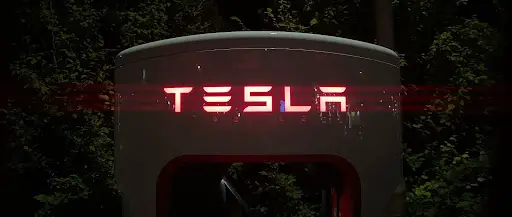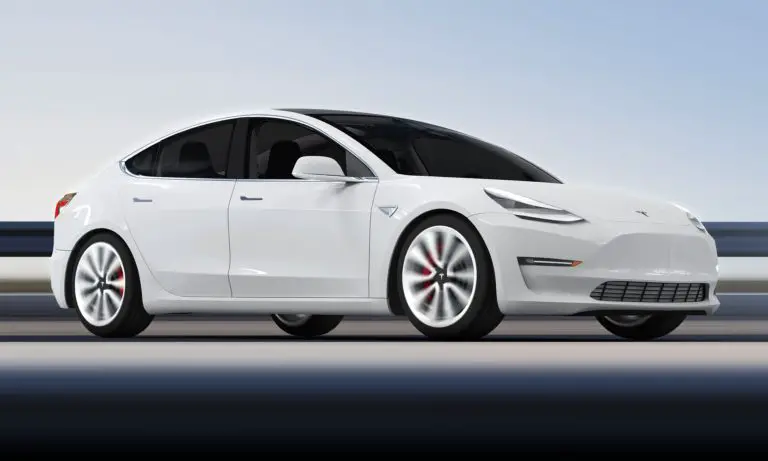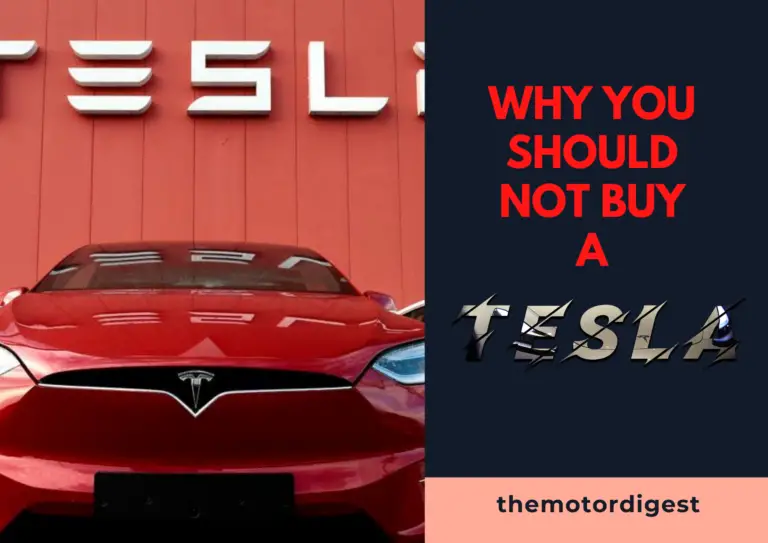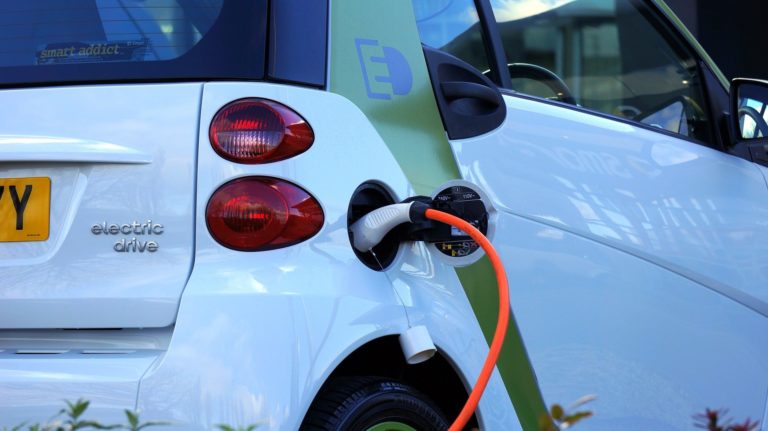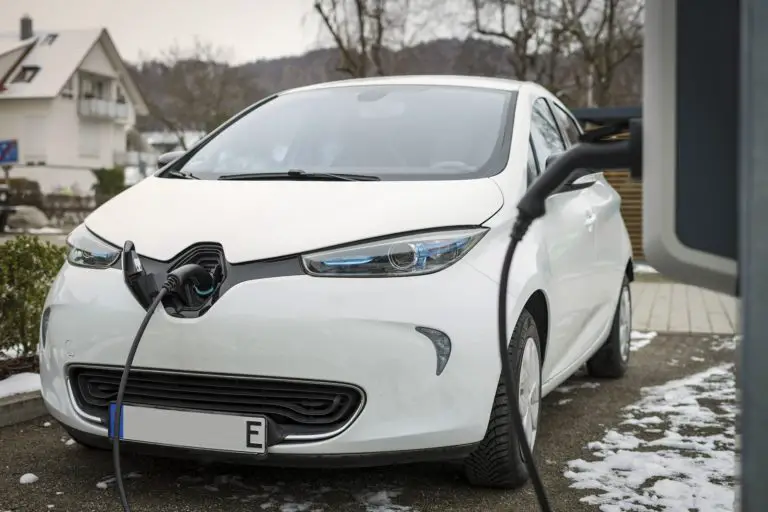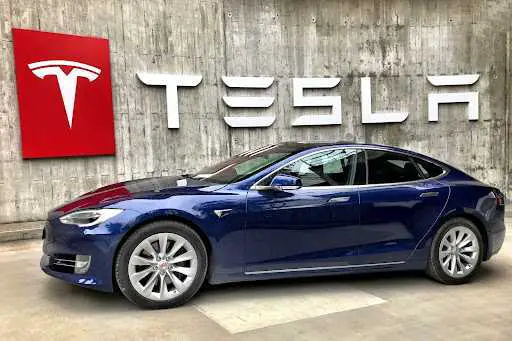Is It Bad to Always Supercharge Your Tesla?
Given all the convenience of Supercharging, you may be considering making it a regular activity. However, Supercharging comes with its own disadvantages, especially if you use it often. Why is it better to avoid daily Supercharging?
It’s not a good idea to always Supercharge your Tesla mainly because it damages your battery in the long term. Plus, Supercharging stations are often crowded, which means you may not save any time compared to a regular charge. A fast home charger can be the right alternative.
In this article, we’ll delve deep into the reasons why you shouldn’t supercharge your Tesla all the time and talk about the possible alternatives. Let’s get started!
Table of Contents
- Disadvantages of Regular Supercharging
- When Should You Supercharge Your Tesla?
- Is Free Supercharging Worth It?
- Which Charging Level Is Best for Your Tesla?
- What Percentage Is Better to Supercharge Your Tesla?
- Supercharging in Hot Weather
- Factors That Affect Battery EV Health
- Final Thoughts
Disadvantages of Regular Supercharging
- Permanent Damage to the Battery
Although Tesla hasn’t confirmed that Supercharging damages batteries, studies on EVs have revealed long-term damage.
For example, one study assessed battery capacity in four EVs (Nissan Leaf). One pair was charged twice a day using level 2 chargers, and the other pair using level 3 chargers. These vehicles were tested under the same conditions to get more reliable results.
After 50,000 miles, the level 2 EVs lost 23 percent of their battery capacity, while the level 3 EVs experienced a 27-percent reduction. Therefore, battery degradation occurs with both charging levels, but Supercharging causes more damage.
Tesla owners have experienced similar problems. For example, one Tesla owner who frequently Supercharged their car said their charging rate decreased to 70-90 kW after driving 300,000 miles, which is considerably less than the normal charging rate of around 120 kW.
Some EV manufacturers agree that Supercharging negatively affects battery life. For example, according to Kia Motors, frequent fast-charging reduces the longevity of EV batteries.
- Crowded Stations
The number of Supercharging stations has increased a lot over the last few years. However, they’re not enough to meet the high demand. That’s why you usually have to wait in line to charge your Tesla.
You’ll see more crowds on special days, especially holidays when people travel more. Winters also tend to bring more traffic to charging stations because li-ion batteries are vulnerable to cold.
Other than seasonality, location affects how long you may have to wait in line to Supercharge your Tesla. For instance, a Tesla owner believes that you’re usually in line to Supercharge in California. In contrast, another one from Bellevue says they don’t see any crowded Supercharging stations in the city except the stations near the service centers.
Tesla has applied a few restrictions to reduce the waiting time. For instance, you’re not allowed to Supercharge your Tesla to more than 80 percent in a busy station. Additionally, they’ve increased the charging fees to discourage Tesla owners from Supercharging.
When Should You Supercharge Your Tesla?
Supercharging is the best option when you’re heading on a long-distance trip and need a fast charge and higher range. As mentioned earlier, you shouldn’t consider supercharging a daily charging option since it will reduce your Tesla battery lifespan.
Besides, charging at home is not only more convenient but also cheaper. While refilling a gas-fueled car is a kind of errand – you should stop at a gas station and refuel – you can charge up an electric car whenever you get home.
All you need is a fast home charger – like Tesla wall chargers, also known as Wall Connectors – to install at your garage or parking lot and plug in your car. You can plug it in before going to sleep and find it fully charged the next morning.
Moreover, as mentioned, Superchargers can get crowded at specific locations and times. A home charging option means you don’t have to wait in long lines.
Is Free Supercharging Worth It?
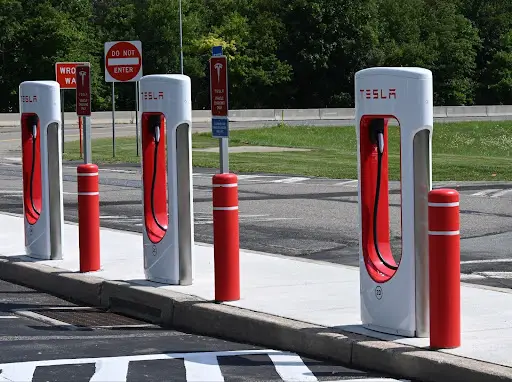
While some models like the pre-2017 Model S and Model X have a lifetime free and transferrable supercharging feature, it’s no longer available for Tesla cars since 2017. However, the owners of these models can still enjoy this option.
Besides, Tesla offers free supercharging during the off-peak hours (before 10 AM or after 7 PM) of the holiday season on some selected routes to eliminate congestion at charging points.
However, how worthy is a free supercharge?
Free supercharging isn’t worth it unless you travel a lot during the year. Otherwise, such an option won’t save you much more than a typical car. Besides, regular usage of superchargers can seriously damage your car’s battery and shorten its life in the long run, leading to even more costs.
Supercharging isn’t costly by itself, and assuming you’ll charge up your car as much as you need to get to the next supercharger, it will cost you less than 20 dollars at each stop. So, unless you take more than one or two road trips in a year, free supercharging may not save you much compared to a regular charge (it may be even less than $100).
Bearing that in mind, using the free supercharging offer during the off-peak hours of the holiday season can be a good choice as it will allow you to bypass the long hours you may wait in line. Everybody hates to waste the time that can be spent with family in a charge station, right?
Which Charging Level Is Best for Your Tesla?
Tesla offers three charging levels that owners can use based on their needs and conditions. However, not all of them are the same in terms of benefits for your car.
The Healthiest Charging Level
If you’re a patient person, you may be comfortable using level 1 chargers. With these chargers, you’ll experience the least battery degradation over time.
However, their low charging speed can make them impractical in many situations as you have to plug in your battery for 17-25 hours to charge it completely.
The Fastest Charging Level
When it comes to fast charging, level 3 is the first thing that comes to mind. To make Teslas a more viable option for long trips, the company introduced Superchargers in September 2012. It was terrific news for Tesla owners who no longer had to wait more than 45 minutes to charge their batteries up to 80 percent.
As mentioned before, regularly using level 3 chargers can damage the battery, and you may have to replace your battery in the long run. Even under warranty coverage, a battery replacement can be a considerable cost.
The Best Charging Level
Generally, level 2 charging achieves a good balance between battery health and charging speed. The adverse effects of level 2 charging are minimal and close to those of level 1. Tesla also recommends charging your vehicle using a level 2 charger. Level 3 chargers have more cons than levels 1 and 2. So, frequent use should be avoided.
What Percentage Is Better to Supercharge Your Tesla?
Superchargers provide up to 120 kW direct current (DC) power to your Tesla battery which is why they charge it up so fast. But the question that occurs to many is what percentage is better for their car when using a supercharger?
According to Tesla, the best charge percentage is determined by your car. It’s as much as you’ll need to get to the next supercharger on your path. While your Tesla charge limit is automatically adjusted to 80%, you can always change that and increase your charge percentage. Yet, the best range is within 50-90%.
Supercharging in Hot Weather
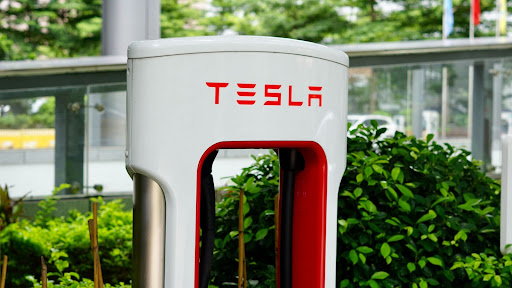
It’s almost common knowledge that extreme weather conditions affect Tesla’s battery and charging behavior. Yes, Teslas have a built-in thermal management system, but is that enough in hot weather, especially when supercharging?
Extremely hot weather can negatively affect a Tesla’s li-ion batteries and reduce its range over time. A primary reason is the effects of heat on the rate and efficiency of chemical reactions that happen inside a battery.
Generally, higher temperatures lead to faster chemical reactions, which can accelerate the battery’s degradation.
Now imagine that you’re supercharging your Tesla – which indeed produces some heat – on a hot summer day. When the temperature rises, the effective force of the current that directs Li ions from one node of the battery to the other also increases and leads to stress and physical damage on the receiving node.
The higher the temperature, the more stress and damage the battery node will bear, turning the battery into surfaces for secondary reactions, consuming the available lithium, and producing byproducts that prevent the energy flow.
So, it’s recommended to use normal speed chargers for recharging your Tesla on hot days as much as possible. But if you have to use a supercharger, park it in a shady place, stay within the recommended range, and turn off utilities while charging. Driving mostly in cooler hours of the day and on Eco Mode can also help your battery’s performance.
Factors That Affect Battery EV Health
An EV battery requires proper maintenance to remain efficient and have optimal range. While all batteries degrade inevitably, several factors can affect an EV battery’s health:
- Battery age: time’s effect is out of control and happens naturally to all batteries. Generally, it happens faster in the first year and then continues gradually.
- Extreme temperatures: both heat and cold can have adverse effects on an EV battery.
- State of charge: as Tesla itself recommends, staying within the daily bracket is the best state of charge for your car. This range means between 50 to 90% (80% for superchargers). Minimize 100% SOCs as much as possible.
- Avoid fast charging: while superchargers can be convenient on long trips, they can accelerate your battery’s degradation, too. So, use them occasionally.
- Usage: research has shown that EVs under high use don’t show significantly faster battery degradation. It’s better to use an EV and charge it up regularly to keep its battery healthy.
Final Thoughts
Supercharging can be a good choice, especially while traveling, but never use it on a daily basis. Studies and the experiences of Tesla owners confirm its negative effects on battery longevity in the long run. Level 2 chargers are a preferred option. They’re faster than level 1 chargers and safer than level 3, allowing you to have the best of both worlds.
Amazon and the Amazon logo are trademarks of Amazon.com, Inc, or its affiliates.

